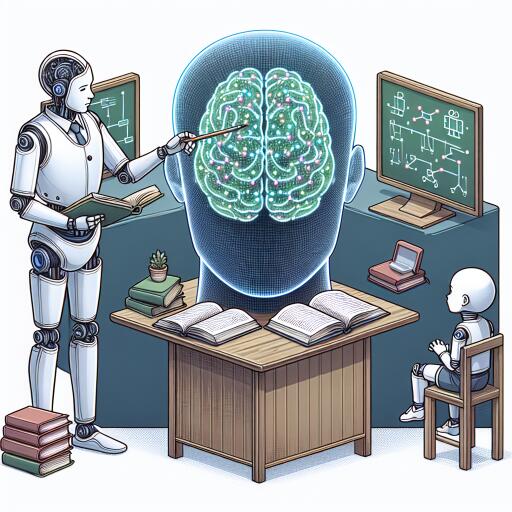What You Need to Know About Semi-Supervised Learning
Semi-supervised learning is an innovative approach in the domain of machine learning that efficiently integrates the advantages of both supervised and unsupervised learning techniques. This method primarily utilizes a minimal quantity of labeled data, which is often costly and time-consuming to obtain, alongside a substantial volume of unlabeled data, thereby enhancing the effectiveness of the generated models.
Diverse Approaches Within Semi-Supervised Learning
Semi-supervised learning stands at the intersection, harnessing both labeled and unlabeled data. However, it’s important to recognize the variations within semi-supervised learning itself. Below are some of the prevalent methods:
Graph-Based Methods:
These techniques construct graphs where both labeled and unlabeled data points serve as nodes. By investigating the connectivity and structure of these graphs, the model can infer labels for the unlabeled data, leveraging the similarity between connected nodes.
Consistency-Based Methods:
This approach relies on the assumption that the model should output consistent predictions for an unlabeled datum even when it is slightly modified. Such methods enhance model generalization by ensuring consistency across various perturbations of the data.
Generative Semi-Supervised Learning:
Generative models in semi-supervised learning attempt to understand the distribution of both labeled and unlabeled data. By capturing this distribution, they can generate new data points, including labels for unlabeled data, thereby augmenting the learning process.
Application in Machine Learning
The versatility of semi-supervised learning makes it apt for scenarios where labeled data is scarce, costly, or difficult to obtain. With its ability to exploit vast reservoirs of unlabeled data, semi-supervised learning finds extensive applications in:
- Natural Language Processing (NLP) for sentiment analysis, language modeling, and more.
- Image recognition and classification tasks where labeling massive datasets is impractical.
- Medical diagnosis where expert-annotated data is limited.
The Pros and Cons of Semi-Supervised Learning
Though semi-supervised learning is a boon in many machine learning endeavors, it’s important to weigh its advantages against potential drawbacks.
Advantages:
- Efficiency with Data: Making the most out of unlabeled data alongside the labeled data enhances model performance without the need for extensive labeled datasets.
- Cost-Effective: Reduces the necessity and associated costs of large volumes of labeled data.
- Versatility: Applicable to a wide variety of tasks where obtaining a vast amount of labeled data is challenging.
Disadvantages:
- Algorithm Complexity: Semi-supervised algorithms can be more complex and computationally intensive than their supervised counterparts.
- Data Quality Dependency: The efficiency of these methods heavily relies on the quality of the unlabeled data; low-quality data can adversely affect model performance.
- Model Bias: There’s a potential risk of the model becoming biased towards the labeled data, which can lead to overfitting or misinterpretations of the unlabeled dataset.
In conclusion, semi-supervised learning represents a significant step forward in machine learning, offering a pragmatic solution to the perennial problem of data scarcity. By striking a balance between the availability of labeled and unlabeled data, this approach paves the way for more efficient, cost-effective, and versatile models. As with any technological tool, it is crucial to understand and navigate its limitations to fully leverage its potential.










